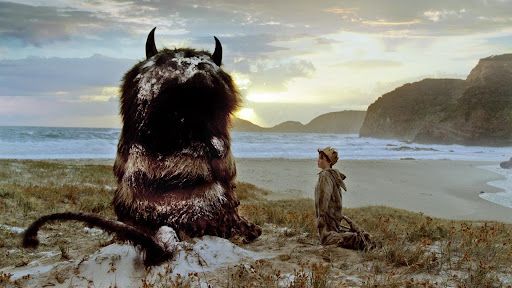
In the realm of literature, few works carry the weight of lasting influence quite like the books we encounter in childhood. While the literary merit of children’s picture books may seem beyond the reach of rigorous critique, their true value often lies not in formal analysis but in personal resonance—the silent shaping of a young mind, the memories tied to repeated readings, and the formative connections forged between art and identity. One such book, modest in length and decades older than myself, left an indelible mark on my life and continues to echo through the decades in surprising, meaningful ways.
Written well before my birth, this book became a quiet but consistent companion during my early elementary school years in Napoli, Italy. On library days, I found myself returning to its pages, not necessarily because I fully grasped its message, but because something in its art, its tone, and its sense of wild, untethered imagination spoke to me. At that age, I couldn’t articulate what drew me to it—I only knew it felt important.
Years later, as a teenager living in the United States, I encountered the book again by chance in a bookstore while browsing comic books. Flipping through its familiar pages, I felt a sudden recognition, not just of the images but of the self I once was. I realized, in a quiet, unspoken way, that this simple picture book was part of the foundation of who I had become. It had introduced me to visual storytelling, to the quiet power of sequential art, and perhaps even to the idea that dreams—both literal and artistic—mattered.
At that time in my life, I was not the sort to dwell on sentimentality. Like many teenagers, I was caught up in my own small rebellions, navigating mischief and peer pressure with more bravado than reflection. But that encounter stayed with me. It planted a seed of awareness that the things we love early on—the art we return to instinctively—often carry truths we only come to understand with time.
Decades later, now living on the northern coast of Sardinia, I learned that an exhibition of Maurice Sendak’s original work was opening in New York, accompanied by an auction at Sotheby’s. Without hesitation, I drove to the airport in Olbia, boarded a flight to JFK, and eventually placed a bid on one of his pieces. The cost was considerable—certainly far beyond what my younger selves could have imagined. The elementary school version of me would have been awestruck; the teenage version might have scoffed and called it impractical. But the adult version of me saw it differently: as an act of reclaiming, a tangible expression of gratitude for a book that had helped shape my inner world.
What had the book taught me? It whispered lessons that I only began to hear clearly much later in life: that it is okay to be flawed, that surface impressions are rarely the full story, that wildness has value, that trust—in oneself, in others, in the unknown—is essential, and that dreaming is not only allowed but vital. One line from a song by The Lox comes to mind:
“Adults used to think I was scheming, but I was dreaming.”
That lyric resonates deeply with me, particularly in moments when my intentions were misunderstood, or when my path diverged from the expected. To dream is to resist cynicism. To dream is to hope.
Owning a piece of that book’s legacy is not merely an indulgence; it is a form of honoring the self I was, the journey I’ve taken, and the simple truth that not all dreams must be realized to be worthwhile. Some dreams exist to remind us of who we are and who we’ve always been.
And sometimes, that is more than enough.
